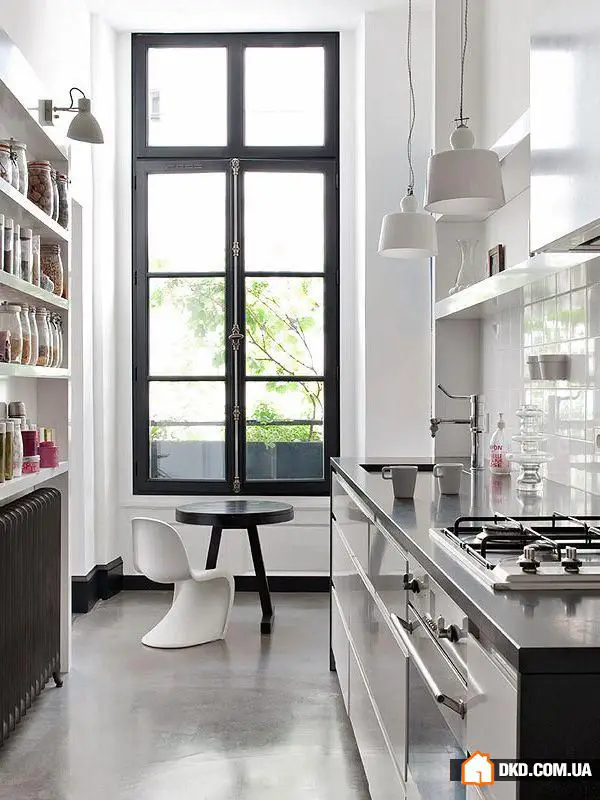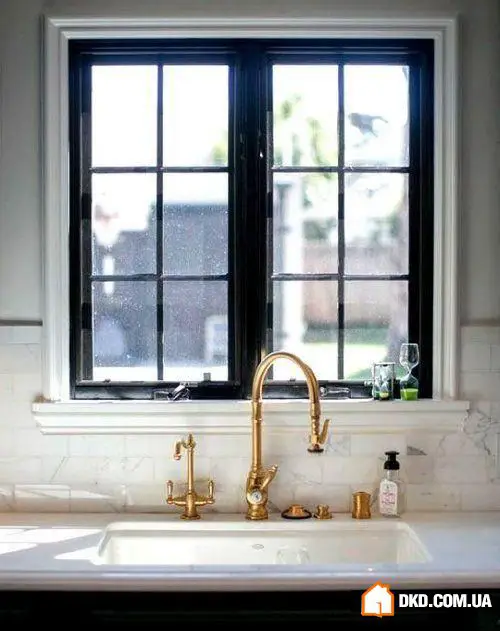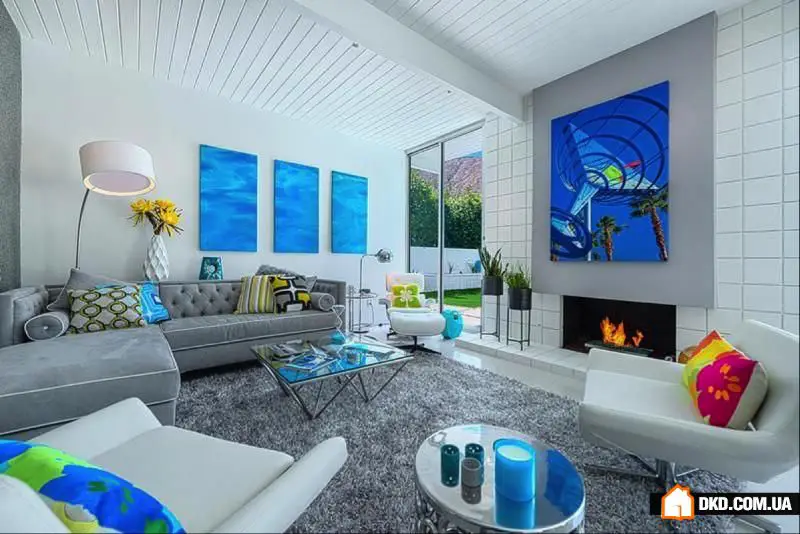There can be your advertisement
300x150
Repair in Practice: How to Paint Plastic Windows
It is commonly believed that repainting PVC profiles is a challenging task. Paint does not adhere well to smooth surfaces or applies unevenly. We have gathered tips that will help you update the color of window frames effectively.
If you urgently need to change the frame color to match a renovated interior or if old PVC profiles have started yellowing due to sunlight exposure (this also happens!), do not rush to the store for new windows or laminating film. Modern technologies allow you to repaint plastic frames easily—just follow a few simple rules.
1. Preparing the Surface – Improving Adhesion
You must thoroughly clean the frames of grease and dirt. You can use a gentle cleaning and degreasing agent—such as dish soap. It is better to use a special cleaner for PVC. After drying, treat the profiles with fine sandpaper to increase adhesion and the paint's ability to stick to the smooth surface. Then rinse the frames again.

2. Priming the Frames and Protecting Windows
Seal the glass and gaskets with painter's tape—apply it as evenly as possible to fully cover the frames first with primer, then with color. Choose special primers for plastic (often these are also suitable for metal; the base is usually acrylic). A thick layer is not needed—use a flat brush, either synthetic or natural bristle.

3. Applying the Paint in One or Two Layers
A suitable paint for PVC is acrylic. Ideally, it should be specifically designed for plastic painting. In home conditions, water-based paints are preferable. There are also organic-thinned paints for PVC, but they are more suitable for industrial painting.
Due to its special viscosity and rheological properties, specialized plastic paint adheres better to smooth surfaces and stays in place without spreading, forming a beautiful film with even bright color.
Apply the color starting from corners and joints, then spread the strokes over wider areas of the frame. If the paint is well chosen, brush marks should disappear within a few minutes. If a second layer is needed, let the paint dry completely (to be sure, it's better to repaint the next day).

4. Spray Gun Instead of a Brush
You can apply paint not with a brush but using a spray gun or airless sprayer. This method is particularly suitable if the glass units have been removed from the windows. Recommended settings for spraying: pressure 2–2.5 atmospheres, nozzle size 1.6–1.8 mm. With this method, one layer is sufficient with a film thickness of 80–120 micrometers.
Important: You must properly tape the windows and cover everything around with plastic sheeting. Also, always work only in a respirator. Even better—leave such work to professionals.

5. Clear Lacquer or Gold Coating?
A good alternative to spray painting is automotive acrylic enamel in aerosol cans. You can achieve interesting special effects with them—such as experimenting with metallic shades. For more shine, you can coat the frames with acrylic lacquer. It will last several years.

More articles:
 Express renovation in the hallway: 10 steps to perfect results
Express renovation in the hallway: 10 steps to perfect results Where to Place an Aquarium in Interior Design: 5 Ideas
Where to Place an Aquarium in Interior Design: 5 Ideas How to Arrange a Bedroom According to Feng Shui: 5 Expert Tips
How to Arrange a Bedroom According to Feng Shui: 5 Expert Tips 35 Brilliant Ideas for Home Greening
35 Brilliant Ideas for Home Greening 10 Common Mistakes When Working With Color
10 Common Mistakes When Working With Color Large Sofa in Modern Living Room. 10 Fashionable Ideas
Large Sofa in Modern Living Room. 10 Fashionable Ideas 30 Children's Rooms with Amazing Transformable Furniture
30 Children's Rooms with Amazing Transformable Furniture 40 Designs of Kitchens with Floor-to-Ceiling Windows
40 Designs of Kitchens with Floor-to-Ceiling Windows